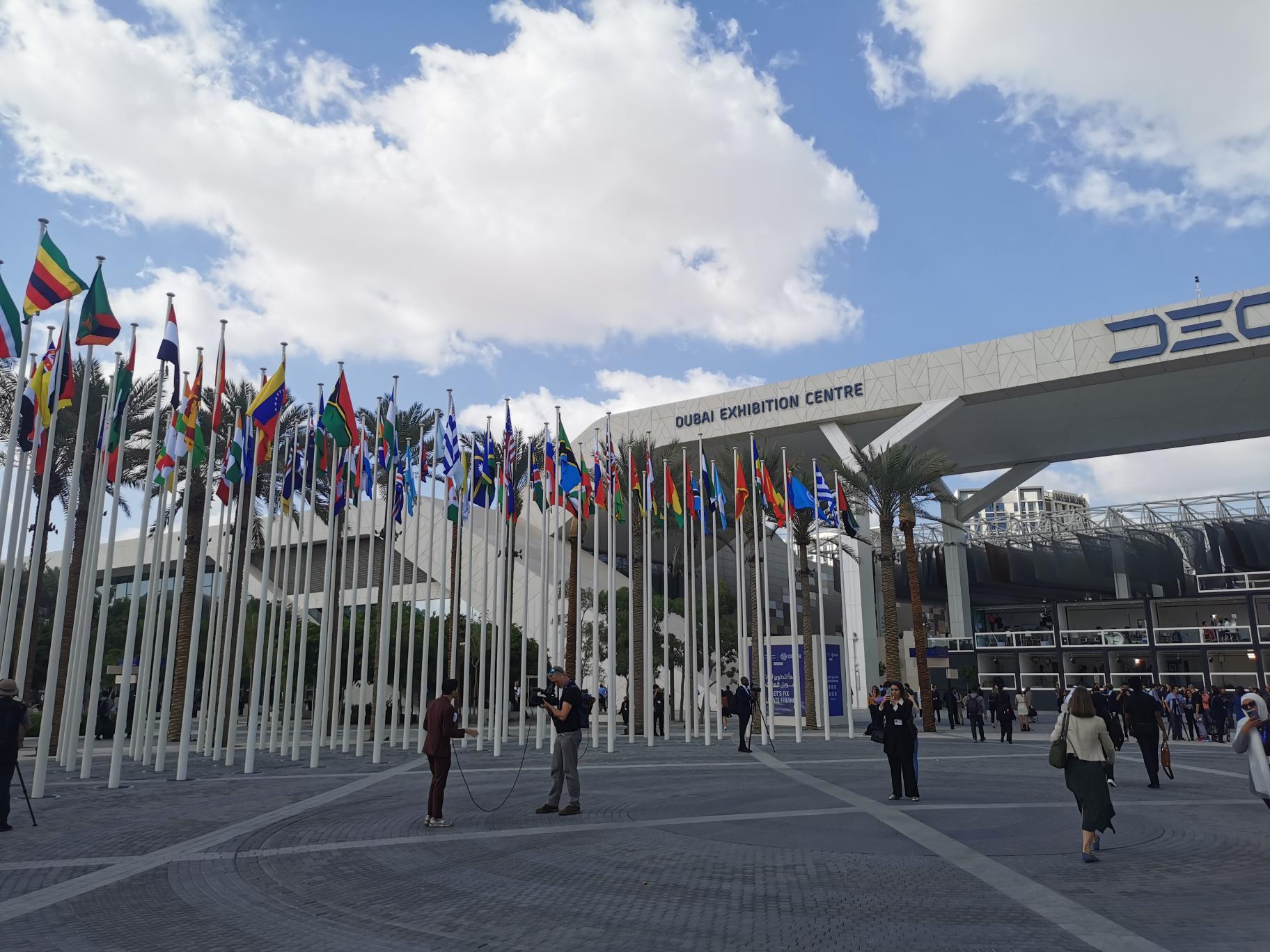
Policy analysis
13 December 2023
COP28: What did it say about displacement and climate change?
[Including displacement in the global stocktake] provides motivation for governments to strengthen policies and commitments to avert, minimize and address displacement
